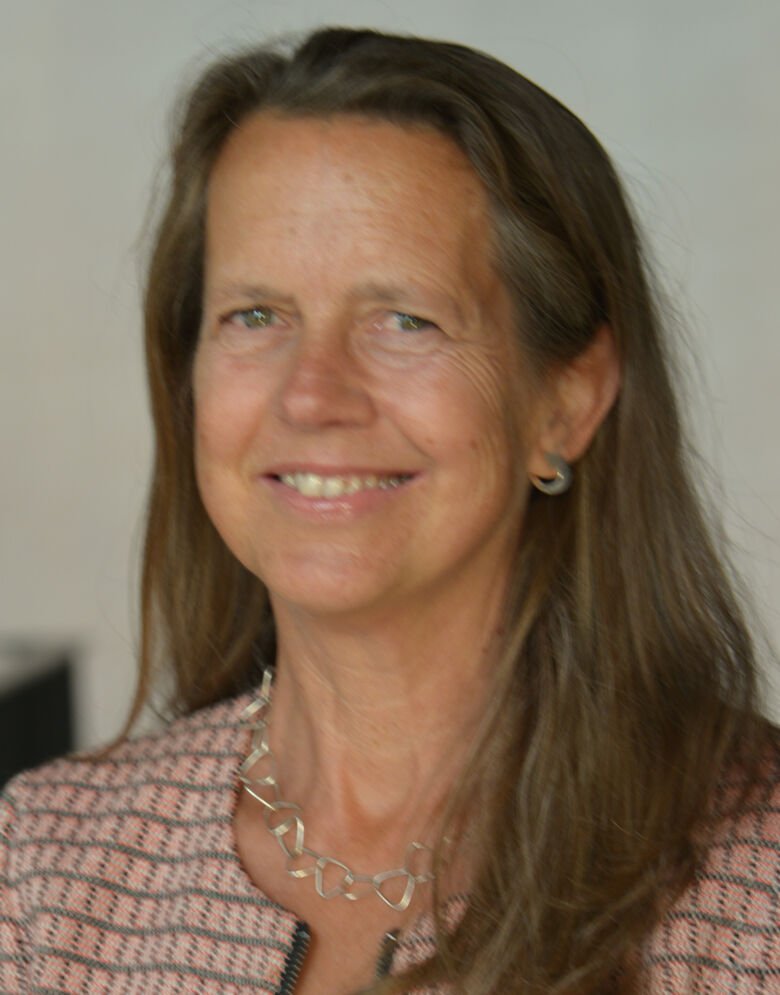New method identifies children most at risk of severe RSV infection

Researchers from Karolinska Institutet, among others, have developed a prognostic model that identifies the children most at risk of severe RSV infection. The study, published in Lancet Digital Health, can show which children will benefit most from new methods to prevent a serious infection.
RSV (respiratory syncytial virus) is a respiratory virus that causes significant morbidity in children and can be dangerous, especially for babies. In recent years, two new promising preventive medicines against the disease have been developed: a long-acting antibody that protects against RSV infections and a vaccine given to the mother during pregnancy.

By prioritizing these promising new drugs to the right patients, hospital and intensive care stays and a large number of complications in young children can be prevented.
"It is not possible to offer new preventive drugs to all children. Our study identifies the children who need the drugs the most, both at an individual level and also within the population," says one of the researchers behind the study, Catarina Almqvist Malmros, professor at the Department of Medical Epidemiology and Biostatistics, Karolinska Institutet, and senior consultant in pediatrics at Astrid Lindgren Children's Hospital.
More than two million children included
Based on the whole population and information from health care records, 1.25 million children born in Finland between 1997 and 2020 were studied and the reference group consisted of 1.4 million children

The study confirmed that the risk of contracting a serious RSV infection is highest in children under six months of age.
"Premature babies, children with certain congenital diseases and children with siblings of preschool age are at the highest risk. "In addition to estimating the significance of previously known risk factors, we identified esophageal malformations and less severe congenital heart disease as new risk factors for severe RSV infection," says Samuel Arthur Rhedin, resident in pediatrics at Sachsska Children's Hospital, postdoctoral researcher at the Department of Medical Epidemiology and Biostatistics, Karolinska Institutet, and another of the researchers behind the study.
One of the most common cause of hospitalization
In Finland, the disease burden caused by RSV epidemics, which generally start in November to December, is high.
"The RSV virus causes serious infections especially in children under one year of age. In Finland, it is one of the most common causes of hospitalization among young children and globally a significant cause of child mortality. Our study helps to target prevention methods so that they provide as much benefit as possible," says pediatric specialist Santtu Heinonen from HUS, New Children's Hospital in Helsinki, Finland and one of the researchers behind the study.
The study is a collaboration between Karolinska Institutet, the Research Center for Childhood Diseases at HUS, New Children's Hospital, Helsinki, and the Finnish Institute of Molecular Medicine (FIMM).
More information on the prognosis model developed and the risk factors identified in the study can be found at www.rsv-risk.org.
The text is based on a press release from HUS, New Children's Hospital in Finland.
Publication
“Risk factors for severe respiratory syncytial virus infection during the first year of life: development and validation of a clinical prediction model”, Pekka Vartiainen, Sakari Jukarainen, Samuel Arthur Rhedin, Alexandra Prinz, Tuomo Hartonen, Andrius Vabalas, Essi Viippola, Rodosthenis S Rodosthenous, Sara Koskelainen, Aoxing Liu, Cecilia Lundholm, Awad I Smew, Emma Caffrey Osvald, Emmi Helle, Markus Perola, Catarina Almqvist, Santtu Heinonen, Andrea Ganna, Lancet Digital Health, online 26 oktober 2023, doi: 10.1016/S2589-7500(23)00175-9
